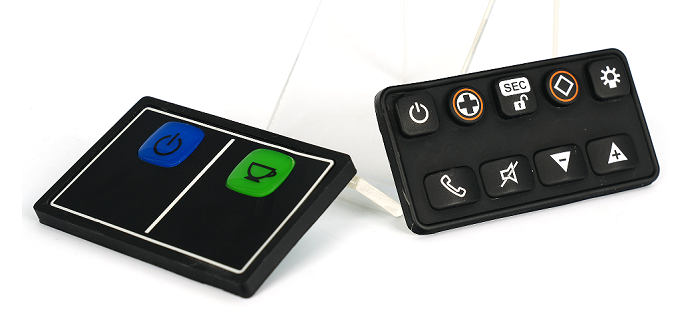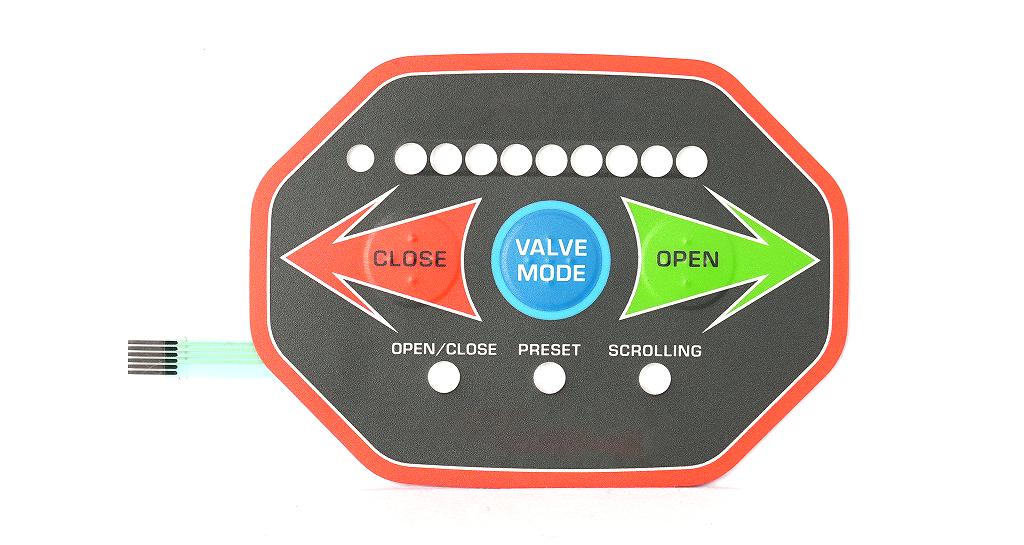
What is the Best Actuation Point for Keyboard?
What is the Best Actuation Point for Keyboard?
Choosing the right actuation point for your keyboard can make a significant difference in your typing experience. For those who are deeply involved in both work and play, this is a crucial factor to consider when purchasing a keyboard. From typing speed to comfort, the actuation point plays a vital role. But what exactly is an actuation point? And how can it influence your typing habits? Let’s explore the key aspects and discover what works best for you.
What is Keyboard Actuation Point?
The actuation point on a keyboard refers to the specific distance a key must travel before it registers as a press. In simpler terms, it’s the point where the key press is “activated” or detected by the keyboard’s internal system. This distance is usually measured in millimeters (mm), and it varies between different switches.
For example, a typical mechanical switch might register a press after traveling around 2 mm, while others might register at a distance of 3 mm or more. The actuation point is critical because it determines the responsiveness and feel of each key press.

What Affects a Keyboard’s Actuation Point?
Several factors influence the actuation point of a keyboard. The main factor is the type of switch used in the keyboard. There are different types of switches, such as linear, tactile, and clicky switches, and each has its actuation point.
The material of the switch, its design, and the force required to actuate it are also essential factors. For instance, a tactile switch requires you to press down until you feel a noticeable bump, while a linear switch might have a smoother action.
Additionally, key travel is another aspect that affects how the actuation point feels. Shorter travel distances often result in quicker actuation, while longer travel might offer more precision or feedback during typing.
What is a Good Actuation Point for Typing?
When it comes to typing, a good actuation point balances speed and comfort. Generally, keyboards with an actuation point of around 2 mm to 2.5 mm are preferred for typing tasks. This allows for a quick response without requiring too much force.
For those who prefer a softer, lighter touch, switches with a lower actuation point (such as 1.8 mm) might feel more comfortable. These switches require less effort to press, leading to faster typing speeds. On the other hand, a slightly higher actuation point (2.5 mm or more) can offer better control and less accidental key presses.
Ultimately, the ideal actuation point depends on personal preference. Those who type for extended periods might appreciate a switch with a middle-range actuation point to reduce strain, while gamers or speed typists might gravitate toward lower actuation points for faster response times.

Is Lower or Higher Actuation Better?
The decision between a lower or higher actuation point comes down to your typing style and the tasks you perform most often. For tasks that require fast and continuous input, such as gaming or data entry, a lower actuation point might be ideal. It allows you to press keys more quickly, improving overall speed.
On the other hand, if you’re someone who needs more control while typing, especially for tasks requiring precision or careful input, a higher actuation point can offer more stability. It might help you avoid accidentally pressing the wrong key.
There’s no definitive answer as to which one is “better.” It’s about balancing speed with control and comfort, which can vary from person to person.
Advantages of Lower Actuation Point
Lower actuation points come with several advantages, especially for users who type or game at high speeds. Here are a few of the key benefits:
- Faster Response Time: With a lower actuation point, the keys register with less travel, making the response time faster. This is particularly helpful in gaming where split-second decisions are needed.
- Less Finger Fatigue: Since the key doesn’t need to travel as far, typing or gaming for longer periods can be less tiring. The reduced effort involved can lead to a more comfortable experience.
- Improved Typing Speed: Faster key actuation can result in improved typing speed, especially for those who are accustomed to rapid typing. This can help you achieve higher words per minute (WPM) rates.
- Reduced Keypress Accidents: Some users find that the rapid response from a lower actuation point prevents them from pressing multiple keys accidentally. This results in a smoother overall typing experience.

What is the Average Keyboard Actuation Point?
The average actuation point for most mechanical keyboards tends to be between 2 mm and 2.5 mm. This is considered a middle ground, offering a balance of speed and accuracy that suits a wide variety of users.
For many general typing tasks, this actuation point provides an optimal combination of speed and precision. Of course, personal preferences play a huge role, and what’s ideal for one person may not be the best for another.
Many modern gaming keyboards also offer adjustable actuation points. These keyboards allow users to fine-tune the point at which the key is registered, providing customization for individual needs.
Actuation Point in HMI Design
In Human-Machine Interface (HMI) design, the actuation point is an essential factor when creating interfaces that feel responsive and intuitive. The actuation point helps determine how users interact with the interface. Too deep or too shallow an actuation point can result in either delayed responses or accidental activations, which could affect user experience.
For touch interfaces, the actuation point translates into how much pressure or movement is required to trigger a response. Whether designing a control panel or a touch-sensitive device, understanding the optimal actuation point can improve the overall user interface by making it more responsive and comfortable to use.
How to Choose the Right Actuation Point?
Choosing the right actuation point requires considering your specific needs and preferences. Here are a few things to keep in mind:
- Consider Your Typing Style: If you type lightly and quickly, a lower actuation point might be more comfortable. If you prefer to have more control, a higher actuation point may be better.
- Type of Work: For gaming, lower actuation points are often preferred for fast-paced action. For coding, writing, or general office tasks, you may prefer a more balanced actuation point that doesn’t compromise on precision.
- Test Different Switches: Many brands offer different switch types, each with varying actuation points. Testing these switches can give you a better idea of what feels right. Some brands also provide customizability, allowing you to adjust the actuation point according to your needs.
- Long-Term Comfort: If you spend a lot of time typing, comfort is key. Choosing a switch that feels comfortable over long periods can reduce fatigue and increase productivity.
- Consider Ergonomics: Ergonomically designed keyboards might come with actuation points that are optimized for comfort and reduced strain on your hands and wrists. If you experience discomfort after typing for long hours, switching to a keyboard with a more ergonomic actuation point might help.
Keyboard actuation force is an important specification that determines the amount of pressure needed to press a key far enough for it to register a keystroke. Lower actuation forces create a more responsive typing experience, while higher forces help reduce accidental key presses.
When choosing the right actuation force, consider your typing habits, typical usage, and preference for customization. Whenever possible, test different options before making a decision. Yuan electronics focus on membrane keyboard for over 10 years, we have rich experience in this industry. If you have some questions about keyboard actuation force, welcome to contact us, we are able to offer free technical consult support.

Know the Difference between Tactile and Non-Tactile Membrane Switching
When selecting the appropriate interface for a product, it can be wise to understand the differences between tactile and non-tactile membrane switches so that the engineer and the purchaser make a better decision. They are both very common in medical equipment, domestic appliances, and industrial equipment, though they do not present the same user experience. ...

Step-by-Step Guide to Selecting the Right Membrane Switch for Your Product
It is not easy to choose the appropriate interface for an electronic device with the number of various types of membrane switches. This is a basic, stepwise analysis to help product designers and manufacturers select the optimal choice. Step 1: Determine your Application Requirements Begin by making a list of locations where switches are used, ...

Top Membrane Switches for Home Electronics Projects in 2025
You can elevate your home electronic membrane switch project in 2025 with standout models such as the 4×4 Matrix 12 Keys Keypad from SOUSHINE, the rgb-enabled strip switches from Molex, and custom graphic switches by Panasonic. These switches offer slim profiles and reliable performance, making them easy to integrate into your DIY setup. You gain ...
Contact us online